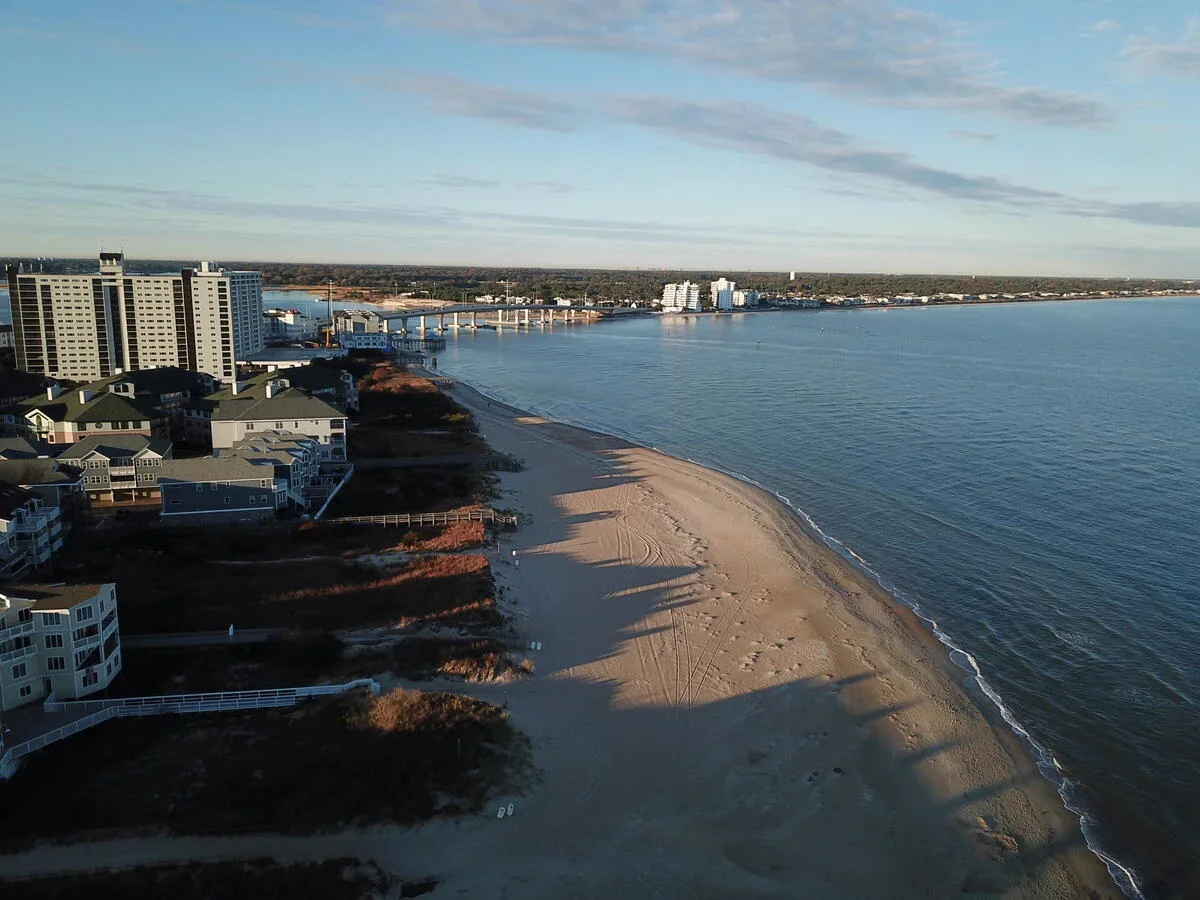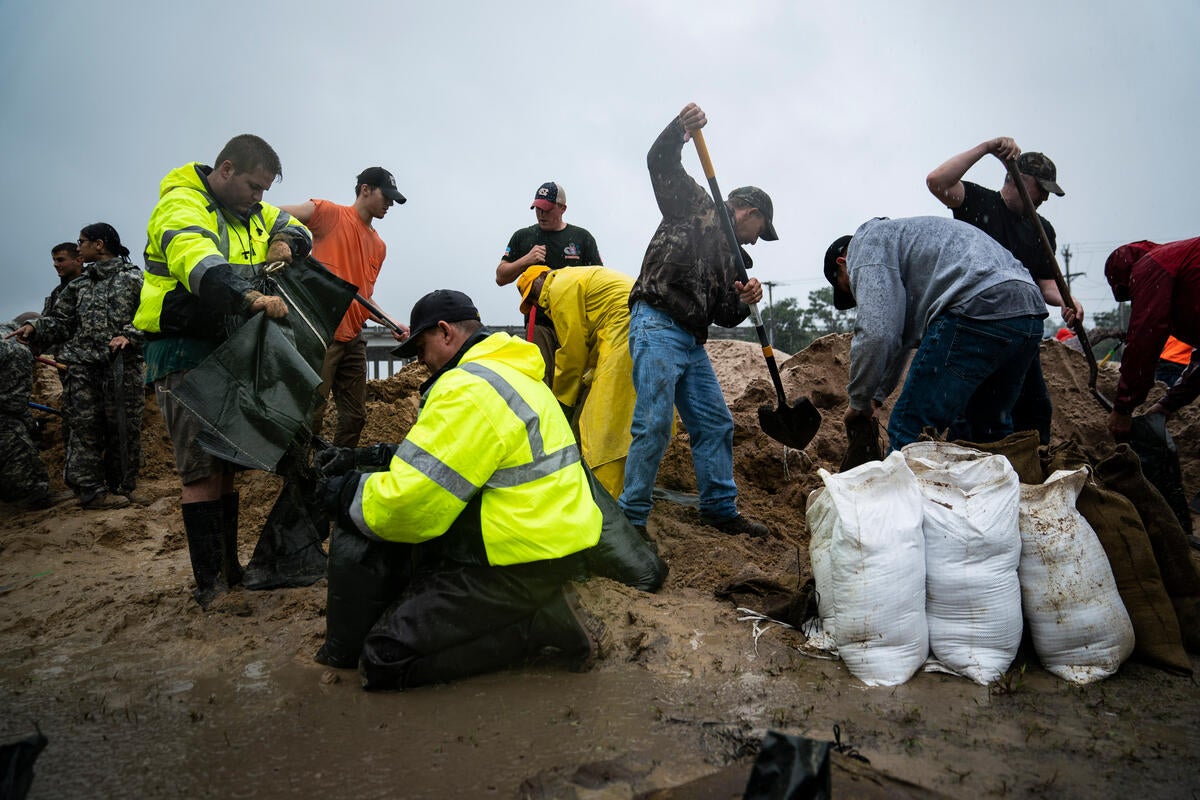From record-setting rain in New York City to overflowing rivers in Vermont to another hurricane slamming into Florida’s coast – this year alone, we’ve seen historic neighborhoods, communities, local businesses and homes devastated by severe weather events that are becoming more intense and frequent due to climate change. Now more than ever, we need to invest in climate resilience to prepare our communities.
Building resilience isn’t easy, but it’s possible – and the Ohio Creek Watershed project in the City of Norfolk, Virginia is a prime example. Earlier this year, city officials and community members celebrated the completion of a $112 million watershed resilience project that shows transformational climate action is possible when community members have a seat at the decision-making table. Read More











